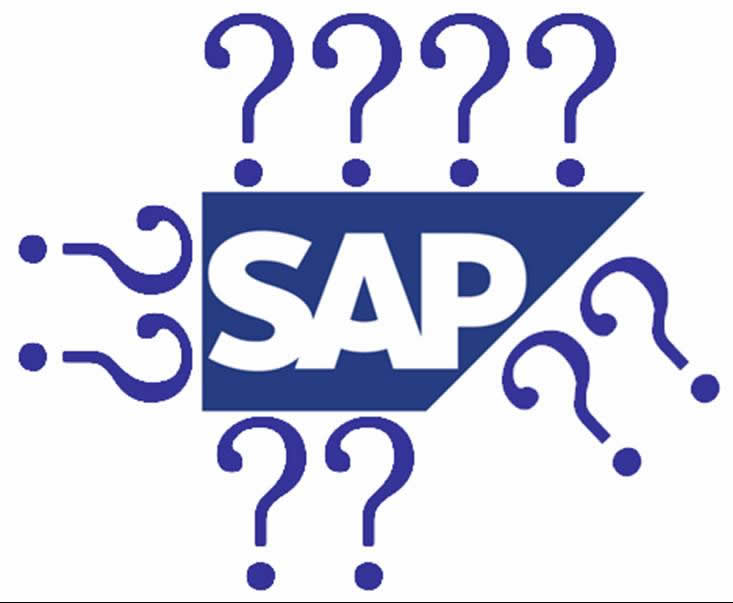The majority of the projects I am involved in are SAP implementations and most of the times we face the issue of explaining the impact of SAP to the future users, their bosses or their bosses’ boss. I grab the attention fairly easily by saying ‘this is not just a software implementation‘, but as soon as I mention ‘process thinking‘, ‘integration‘, ‘standardized methods of working‘ or ‘uniform master data‘ the message does not seem to land. People are confused and the communication breaks down.
So I have to find better ways of getting our point across about the impact of SAP. The best way of doing that is to have someone who’s ‘been there and done that‘ to share experiences and stories. And that works. This is because people (that includes you and me) absorb stories far better than concepts, facts and figures. It’s our our human nature to be more compelled by bush-fire war stories than by accurate statistics and plain facts.
For that same reason metaphors work really well; a metaphor is a lively comparison that allows you to get your point across. Good metaphors stimulate the ‘story’ part of the brain in different steps: first by highlighting a certain aspect that is abstract; second: by comparing it with a familiar element; third: by highlighting straightforward characteristics for this familiar element, and finally: retrofitting these characteristics to the abstract element.
Here are some metaphors that have helped me to get my point across for audiences that are new to SAP. I have collected them from al kinds of clever people that I have worked with so far.
1. The Euro: one single currency
– The abstract element: getting a grip of uniform master data and what this will be like in the future state
– The familiar element: Uniform master data are like a single currency
– The straightforward thinking loop: when we changed to Euros we were able to use one single currency all over Europe. As a consequence all goods and services became comparable. The first year we kept calculating in our old currency but after a while we just got used to Euros and stopped to calculate back.
– The retrofit: Uniform master data – a single currency – will cause us tag one single article or equipment with the same identifier in all countries and all sites. As a consequence comparisons become possible and things become more transparent. In the beginning people will continue thinking in the old terms but as soon as they feel comfortable with the new ones they will let the old ones go.
2. The sports car and the racetrack
– The abstract element: understanding that processes are important in order for the system to run properly and that every user should understand them prior to using the system.
– The familiar element: a sports car
– The straightforward thinking loop: SAP is like a beautiful and powerful sportscar with a powerful engine. However, a sports car can only race if there is a good race track and if the driver is skilled to drive it.
– The retrofit: SAP is powerful system – like a sports car, but it requires business processes – a racetrack – in order to work properly. On top of that you will need skilled users – drivers – at the steering wheel.
3. Concrete
– The abstract element: The importance of blueprinting and design before you build.
– The familiar element: the concrete fundaments of a house
– The straightforward thinking loop: When you make the concrete fundaments of a house, you need a clear plan, the right equipment and the right construction people. Once the concrete is put in the ground it will easily fit the shape that you have dug. However, if you try to change a certain part of that concrete shape, it is very hard to do.
– The retrofit: SAP needs to be carefully planned and designed by the right people with the right equipments. If the system is not designed with the business processes in mind than the fundaments will turn out to be the wrong ones for the house that you are building – and corrections will be as difficult as changing the shape of concrete fundaments.
You will have noted that there are plenty of other metaphors that you can use and especially during SAP implementations there is a great need for making the abstract future tangible and simple. We stimulate people’s involvement and buy-in through a simple story, a straightforward comparison or a down-to-earth message. These are three things that look easy when we see or hear it from others but when it’s our turn…a writer’s block is the first thing on our path.
Do you know other good metaphors or catchphrases that relate to implementing SAP? Please share them in a comment to this article!


